It’s always interested me what kind of drawings you produce to build if you’re working with people you know really well. We often tend to draw too much – particularly when we work under contract, when there’s no margin for doubt. But, when we have the freedom to work differently, a different pattern of drawings emerge… These are pretty much all of the studio drawings to date, always produced on the hoof, on site or in discussion and used for clarification – of detail, set out or lift sequence.
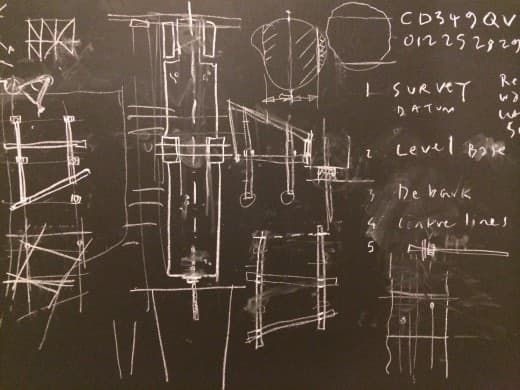
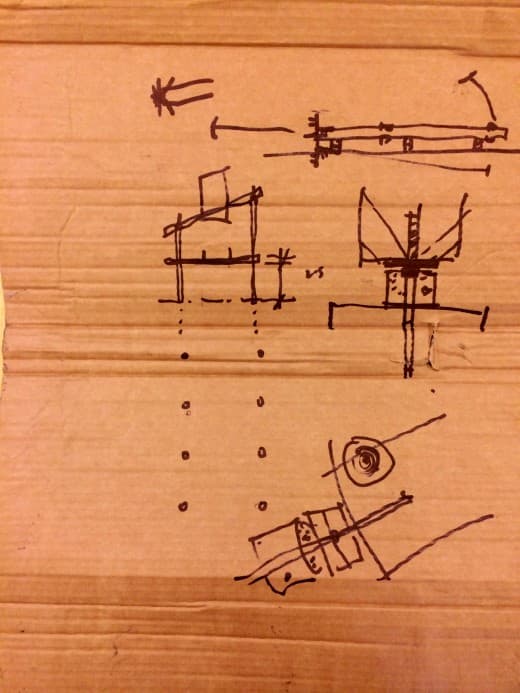
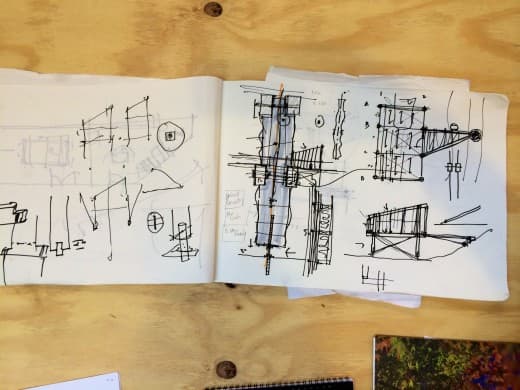
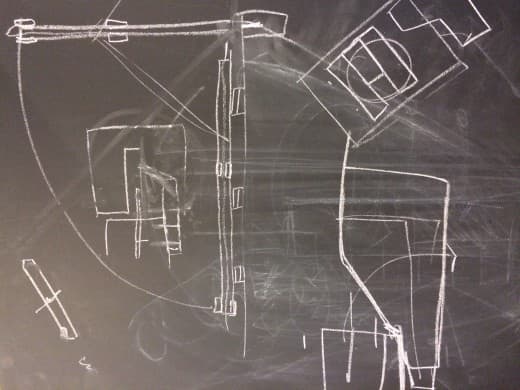
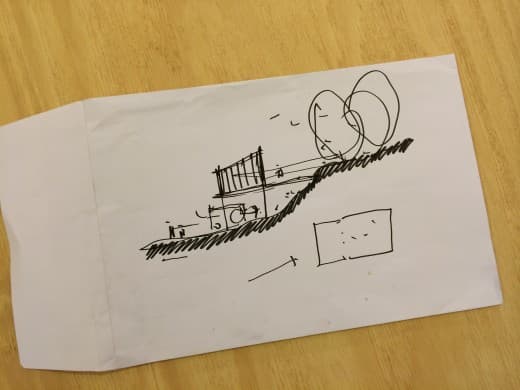
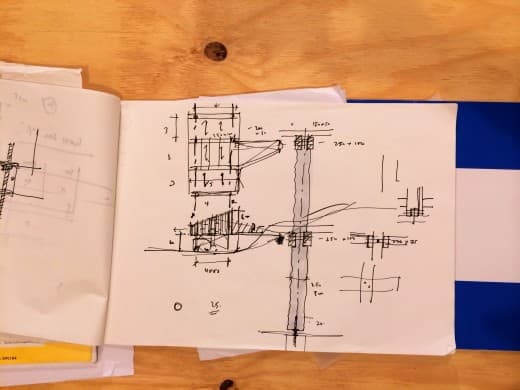
3 Comments
Piers,
Those are really interesting points.
Piers,
Those are really interesting points. I am intrigued though (as a non-architect with little knowledge of the planning system) as to how you get planning permission with no detailed drawings of the whole scheme. Your approach does though very much appeal to me as it is more in tune with my understanding of the historical work of the master builder (as opposed to the architect); and all of the wonderful, honest buildings that they built. As such there is a rawness to the work, with improvisation adding to the character of the building and the building evolving in ‘real time’ to suit the actual environment rather than an idealised ‘image’ of the environment.
The approach rather reminds me of work I did when I was involved in car design. At the prototype build stage many of the components systems evolved through the work of craftsmen (fabricators, machinists, etc), later to be followed up by detailed drawings – for the purposes of optimisation, FE analysis, design for manufacture, costing, legislation, etc. In the context of a building those stages I’ve mentioned are largely about the ‘commercialisation’ of it.
Perhaps if we are to unburden ourselves of the straitjacket that producing commercial designs imposes we should start at no better point than letting the ‘making’ be emphasised more than the ‘design’. Maybe by doing this we’ll free ourselves from processes that tend to lead to ‘identikit’ designs. In other words if you design using commercially understood processes, don’t be surprised if you end up with a building that, well, looks commercial.
I’m currently sitting in front of a number of cycle frame colour schemes that I’ve been discussing with a stove enameler. These are hand drawn, using bog standard felt pens, with scrappy notes about detail around the edges…………….and to me, they’re the better for it. I actually don’t want computer derived drawings with exact pantone colouring. As I did today, I start with an idea of a colour (from my limited range of W H Smith felt pens) and then stand with the painter chucking colour ideas around until something feels right. A computer can never do that. To me Ruskin was on the right tracks about the essence of good design when he wrote the Seven Lamps.
Cheers
Andy
I celebrate the work of your practice, which seems to address many of my own frustrations with the architectural profession.
While in architecture school I became increasingly disappointed with how little engagement architects have with the actual building. Having built houses in Africa before starting architecture school, the bureaucracy of architecture seemed absurd to me. By trying to get closer to materials, I actually have ended up leaving architecture school. Quite a dangerous move, one could argue. Anyway, I am now a ceramicist in the making.
Ceramics seem to me to have everything that architecture is lacking, at least in this respect. I am always in contact with the material – the same material that the finished product will be made of.
So is Invisible Studio, & these drawings (as I understand them) bridge the problem of mediation, by which a building is a drawing before it is anything else. These drawings are all you need, really. They look like the ones we used in Africa. The amount of time that architects spend drawing makes them draughtsmen (craftsmen of drawings), but not craftsmen of buildings – which is actually what I would like to be if I’m ever going to become involved with architecture again.
Maybe I agree so much that I’m leaving too little room for discussion.